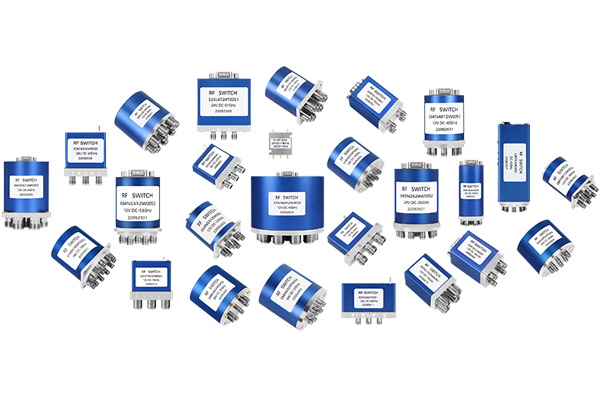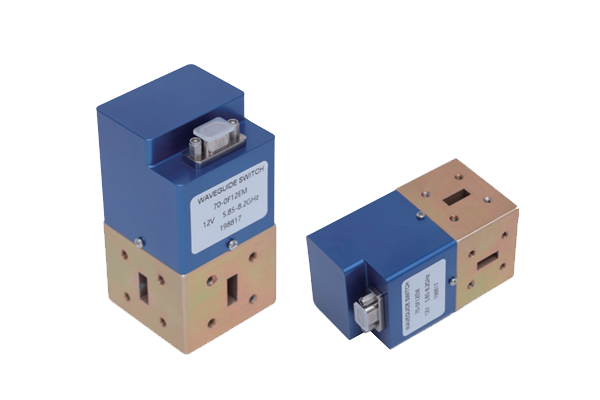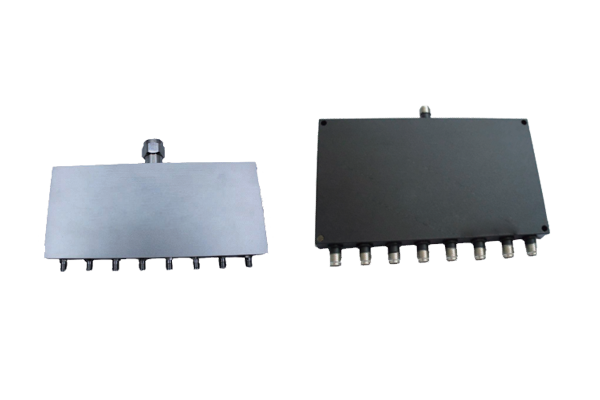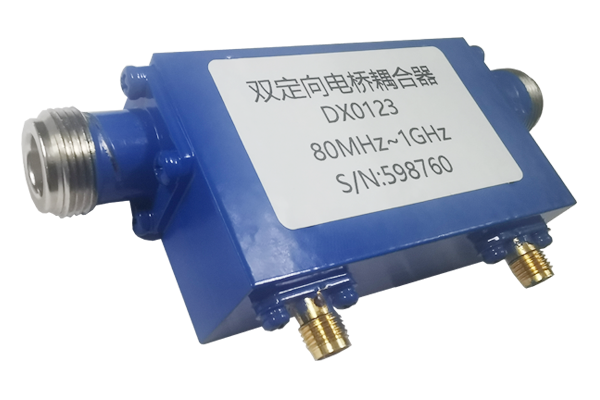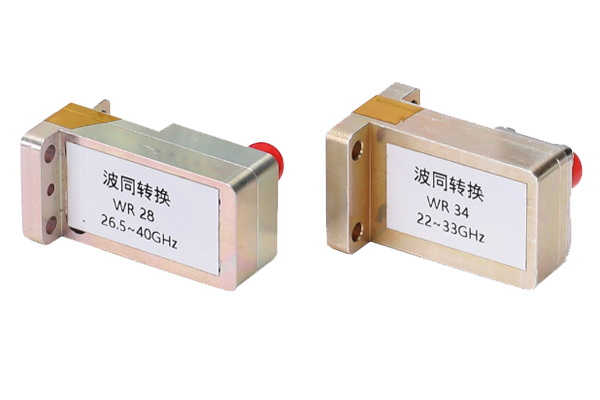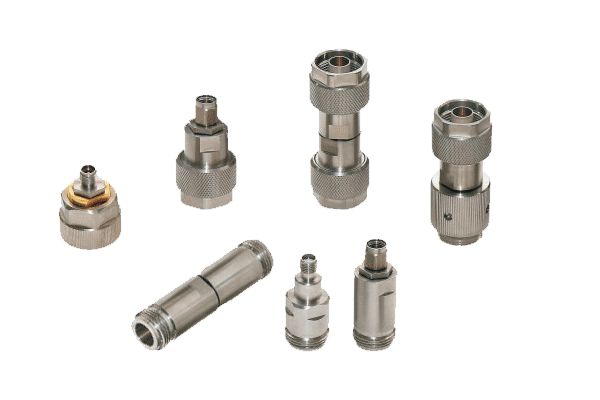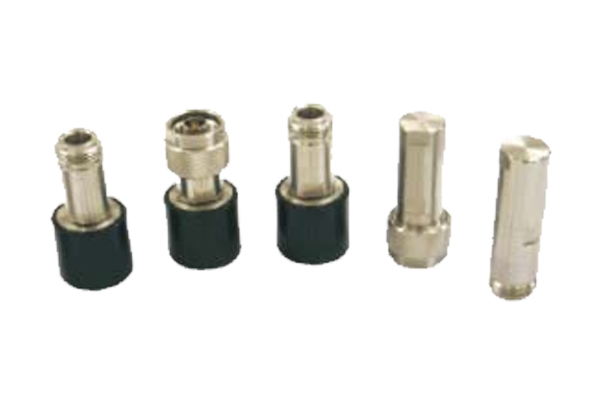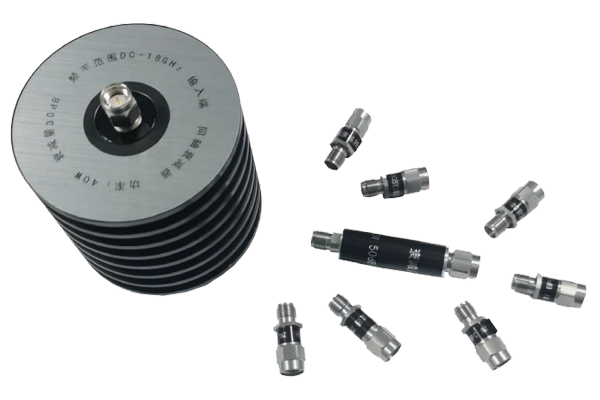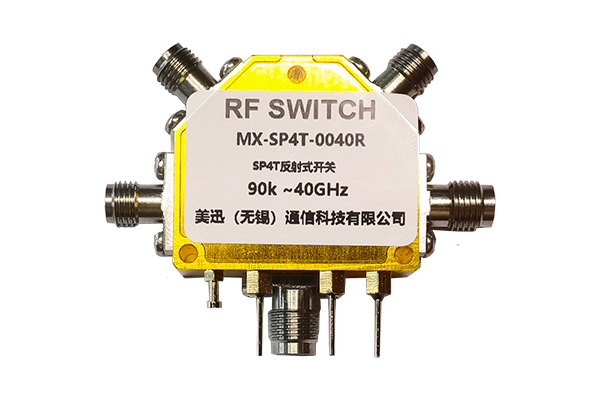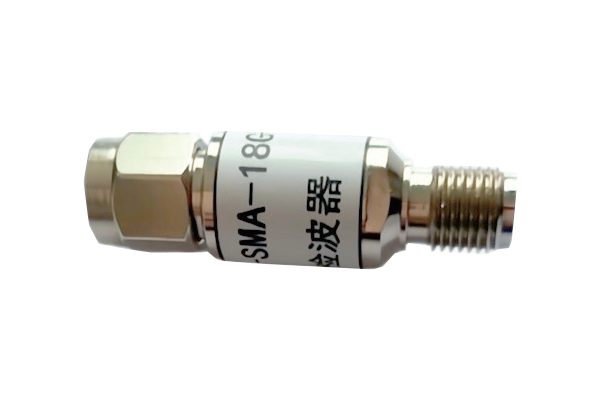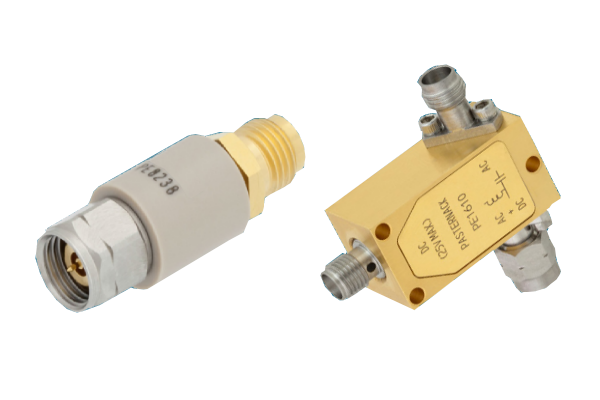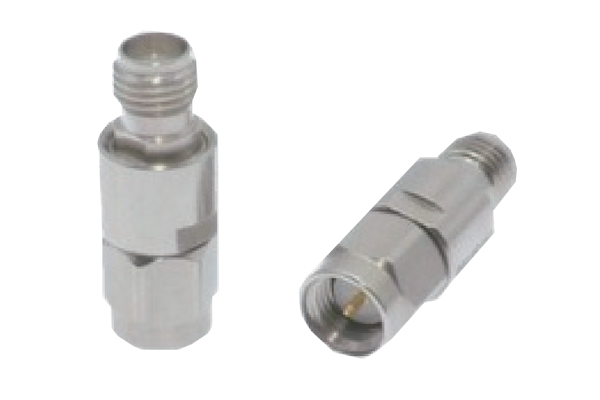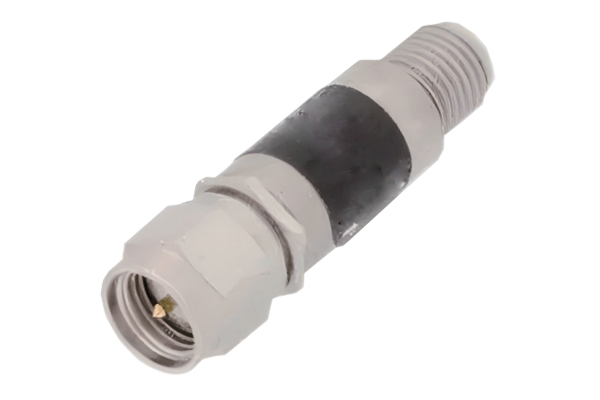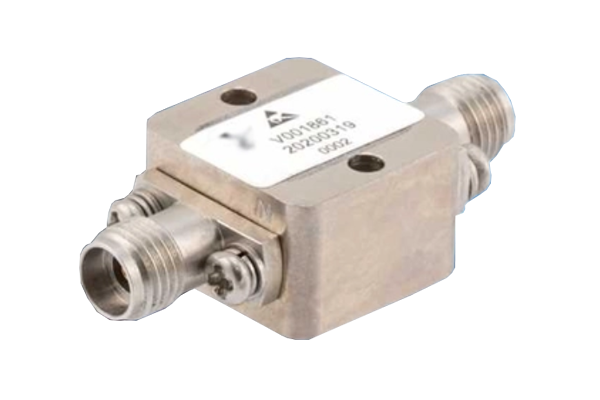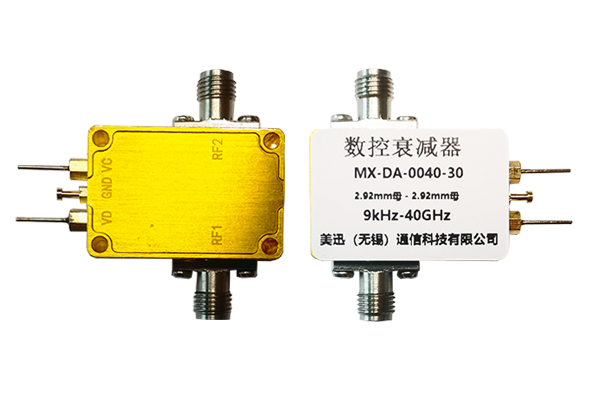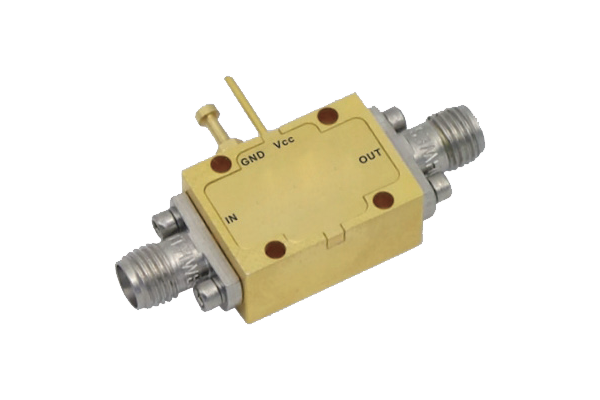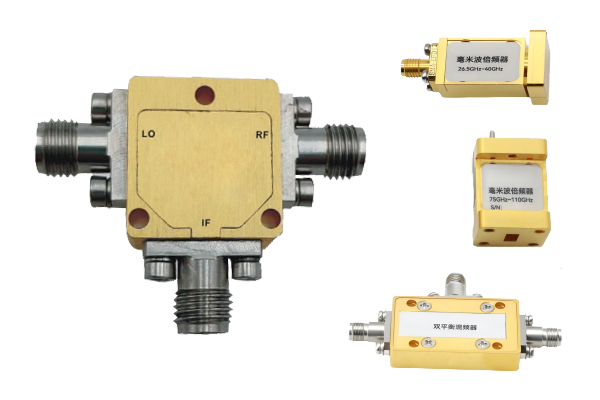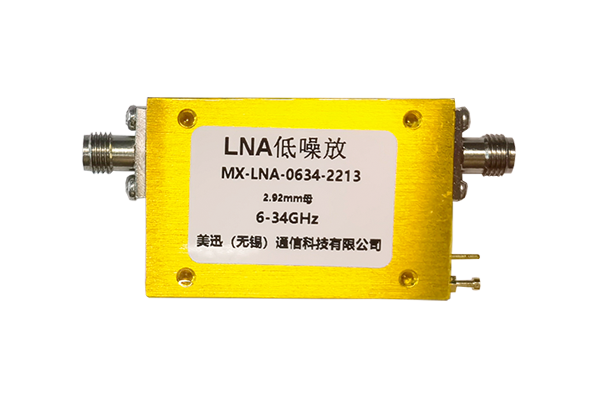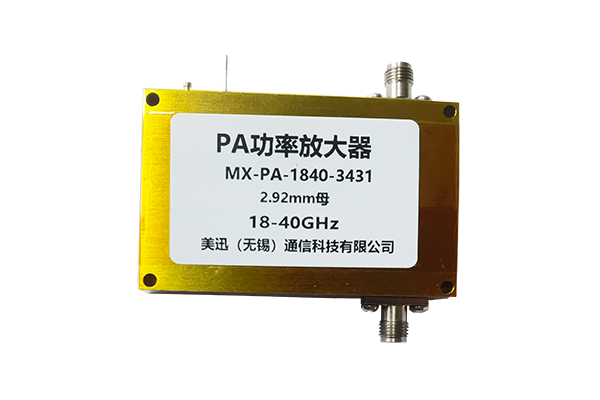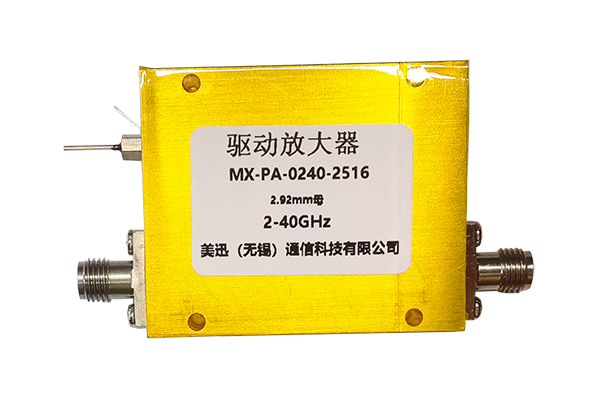What are the common faults of Directional coupler
Coupler Failure Analysis
- 1. Abnormal signal transmission The main signal transmission is interrupted or attenuated too much, and the secondary signal cannot be extracted normally. This situation is mostly caused by poor contact or breakage of the internal conductor. It may be that the joint is loose after long-term use, or it may be damaged by external force.
- 2. Directivity failure At this time, the coupler cannot distinguish the direction of signal transmission, and the forward and reverse signals interfere with each other, resulting in mixed noise of the extracted signal and a significant decrease in the measurement accuracy of the system. The cause of this problem may be damage to the internal isolation structure, such as displacement or damage of the isolation plate, or it may be that the performance of the dielectric material is degraded and the reverse signal cannot be effectively blocked.
- 3. Abnormal frequency characteristics The performance of the coupler will deteriorate sharply at a specific frequency, and the originally applicable frequency range will be reduced. After exceeding the range, the coupling degree, isolation degree and other indicators will seriously deviate from the standard. This is usually due to changes in the parameters of the resonant cavity or coupling structure. It may be that the temperature is too high, causing the material to expand and contract, or it may be that the components are aged due to long-term high-frequency operation.
- 4. Mechanical structure failure Although it does not directly affect the signal performance, it will shorten the life of the equipment and increase safety hazards. For example, the deformation of the shell causes the internal components to be compressed, the wear of the interface reduces the connection stability, or the blockage of the heat dissipation structure causes the equipment to overheat. This type of failure is mostly caused by improper installation, bad environment or lack of maintenance, and needs to be handled in time to prevent further damage.



